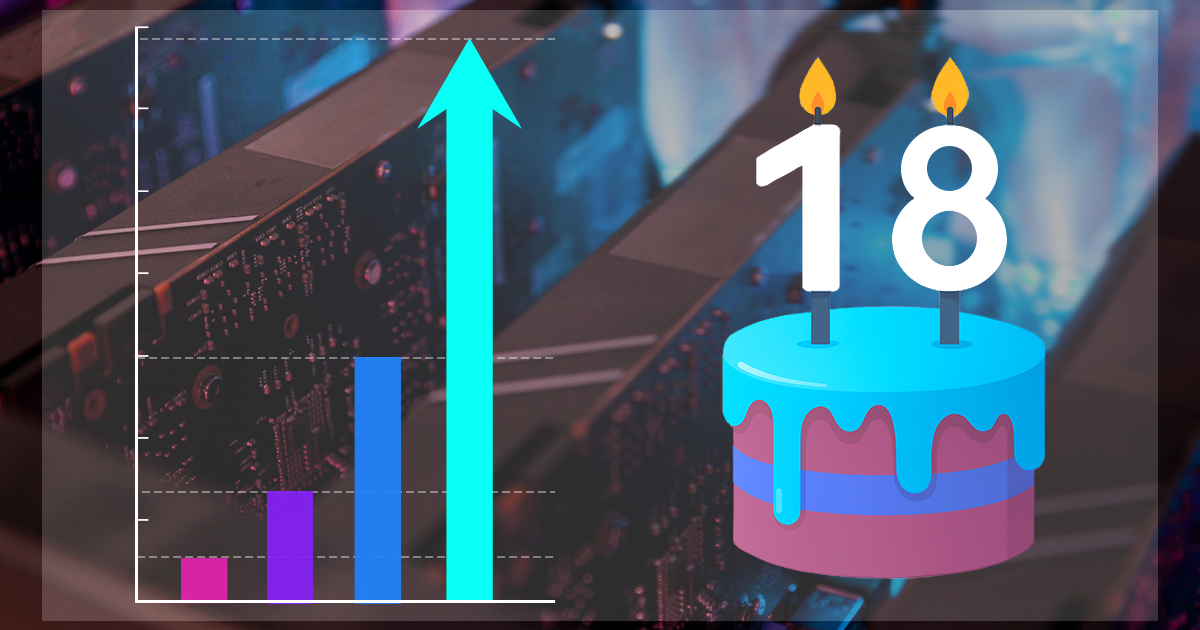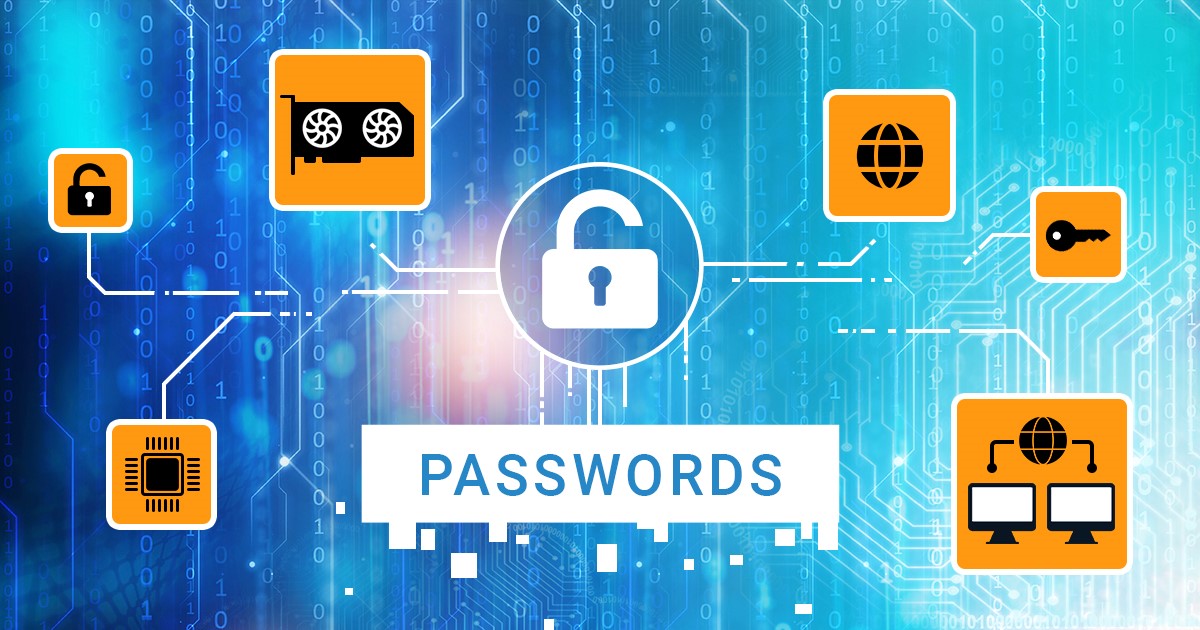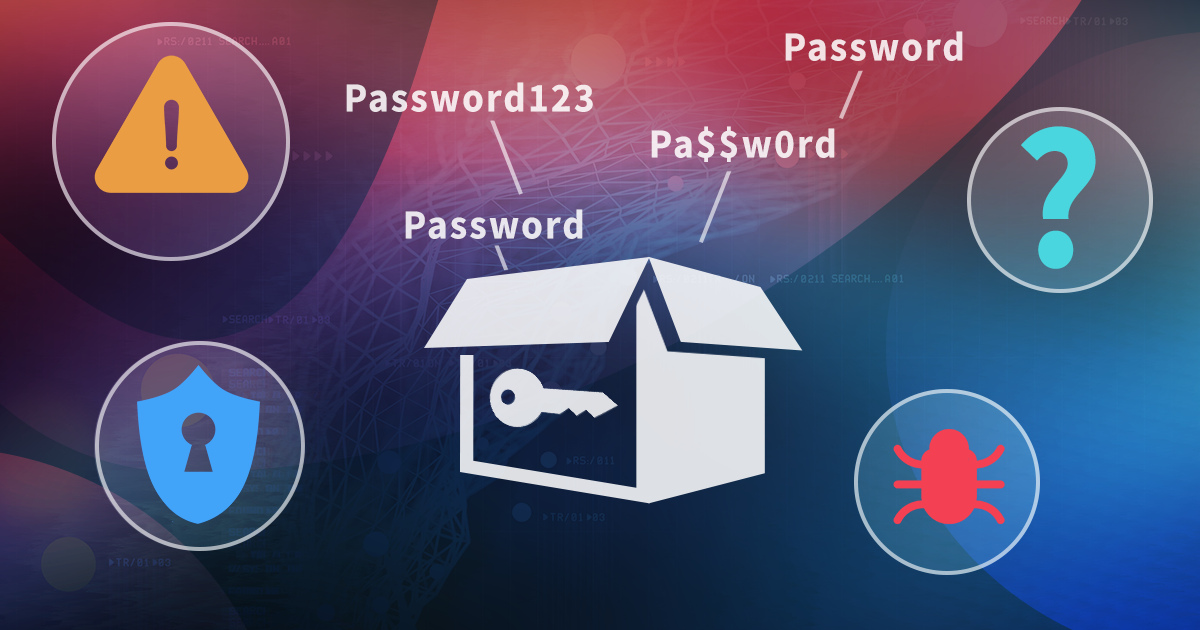To perform an iCloud extraction, a valid password is generally required, followed by solving the two-factor authentication challenge. If the user’s iPhone is everything that you have, the iCloud password may not be available. By using a trusted device, one can gain unrestricted access to everything that is stored in the user’s iCloud account. This article gives a comprehensive walkthrough on this alternative authentication method.
The majority of mobile devices today are encrypted throughout, making extractions difficult or even impossible for major platforms. Traditional attack vectors are becoming a thing of the past with encryption being moved into dedicated security chips, and encryption keys generated on first unlock based on the user’s screen lock passwords. Cloud forensics is a great alternative, often returning as much or even more data compared to what is stored on the device itself.
2FA, challenges, cloud forensics, ECX, EINPB, Elcomsoft Cloud Explorer, Elcomsoft Internet Password Breaker, Elcomsoft Phone Breaker, EPB, iCloud, iOS
When analyzing connected computers, one may be tempted to pull the plug and bring the PC to the lab for in-depth research. This strategy carries risks that may overweigh the benefits. In this article we’ll discuss what exactly you may be losing when pulling the plug.
BitLocker, disk encryption, EFDD, fast startup, hibernation, hybrid sleep, low power, TPM, TrueCrypt, VeraCrypt, Windows 10
iMessage, Hangouts, Skype, Telegram, Signal, WhatsApp are familiar, while PalTalk, Pigin, Psi Jabber client, Gadu-Gadu, Gajim, Trillian, BigAnt or Brosix are relatively little known. The tools from the first group are not only more popular but infinitely more secure compared to the tools from the second group. In this publication we’ll review the authentication methods used by the various instant messengers, and attempt to extract a password to the user’s account.
AIMPR, ECX, EDPR, EIFT, EINPB, EPB, ESR, EXWA, instant messenger, Signal, Skype, Telegram, WhatsApp
One of the main problems of iCloud forensics (unknown account passwords aside) is the sporadic nature of cloud backups. Experts often find out that a given user either does not have device backups in their iCloud account at all, or only has a very old backup. This happens primarily because of Apple’s policy of only granting 5GB of storage to the users of the free tier. While users can purchase additional storage for mere 99 cents a months, very few do so. iCloud Photos, downloads and other data quickly fill up the allotted storage space, leaving no space for a fresh cloud backup.
Established NAS manufacturers often offer some kind of encryption to their users. While anyone can use “military-grade AES-256 encryption”, the implementation details vary greatly. Synology, Asustor, and TerraMaster implement folder-based encryption, while QNAP, Thecus, and Asustor (MyAcrhive) employ full-disk encryption; the full comparison is available here. In this article, we’ll have a look at encryption methods used in TrueNAS, a system commonly used by computer enthusiasts for building custom NAS servers.
Protecting one’s online privacy is becoming increasingly more important. With ISPs selling their customers’ usage data left and right, and various apps, mail and Web trackers contributing to the pool of “anonymized” data, de-anonimyzation becomes possible with big data analysis. This was clearly demonstrated with the recent event highlighted in Catholic priest quits after “anonymized” data revealed alleged use of Grindr.
Elcomsoft System Recovery is a perfect tool for digital field triage, enabling safer and more secure in-field investigations of live computers by booting from a dedicated USB media instead of using the installed OS. The recent update added a host of features to the already great tool, making it easier to examine the file system and extract passwords from the target computer.
Elcomsoft Phone Breaker is not just about Apple iCloud data. It can also download the data from other cloud services including Microsoft accounts. In this new version, we have added support for even more types of data, including Windows 10 Timeline, Account Activity (logins to the account), OneDrive files, recent OneDrive files history, and files from Microsoft Personal Vault. Learn about these data types and how they can help advance your investigation.
Released back in 2013, VeraCrypt picks up where TrueCrypt left off. Supporting more encryption algorithms, more hash functions and a variable number of hash iterations, VeraCrypt is the default choice for the security conscious. VeraCrypt has no known weaknesses except one: once the encrypted disk is mounted, the symmetric, on-the-fly encryption key must be kept in the computer’s RAM in order to read and write encrypted data. A recent change in VeraCrypt made OTF key extraction harder, while the latest update to Elcomsoft Forensic Disk Decryptor attempts to counter the effect of the change. Who is going to win this round?


